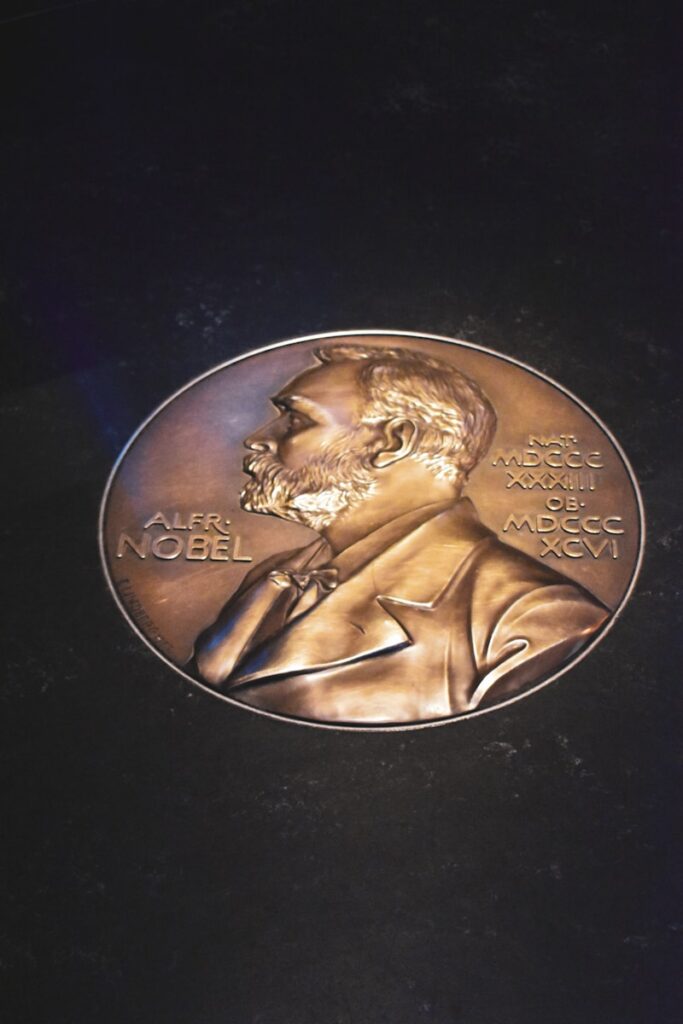Economists have been fascinated by the question of the origins of prosperity since the very beginning of their discipline. Today, we know much more about it than Adam Smith did 250 years ago when he wrote The Wealth of Nations.
In the mid-20th century, economist Robert Solow developed a model explaining economic growth through capital accumulation and population growth. Yet when he tested the model on real data, he found that these two factors explained only about 10% of growth. The remaining 90% he attributed to something he called the residual factor—what we now describe as technological progress.
Several decades later, Nobel laureate Paul Romer demonstrated why technological knowledge is so crucial and how it differs from capital or labor. Knowledge has a unique property: more for you does not mean less for me. In economic terms, its consumption is non-rivalrous. When someone invents a new technology, the entire world can adopt it at minimal cost. This marks a fundamental difference between the economy of atoms, where scarcity rules, and the economy of bits, where information can spread and be replicated almost without limit.
This year’s Nobel Prize co-recipient, Joel Mokyr, builds on Solow and Romer but takes our understanding of the role of knowledge even further. Unlike his predecessors, he didn’t develop a new abstract model—he opened the archives and examined how, at the end of the 18th century, the way knowledge was created, organized, and used changed so profoundly that it sparked the sustained economic growth we still benefit from today.
According to Mokyr, useful knowledge can be divided into two types. The first he calls prescriptive—it describes how things work in practice. The second, he calls propositional—it explains why things work on a theoretical level. The first corresponds to applied technologies, mastered by skilled artisans, technicians, craftsmen, and apprentices. The second represents scientific knowledge, developed by scholars and academics.
Gradual progress in both types of knowledge is nothing new—it has been happening throughout history. Skilled innovators and craftsmen occasionally came up with new ideas to improve people’s lives. The problem was that they often knew how things worked but not why. People understood the principles of fertilization, steam power, or vaccination long before the Industrial Revolution, but they didn’t grasp the deeper mechanisms behind them.
Scientists and philosophers did exist, but they were of little help to practitioners, as they often dealt with abstract, detached questions far removed from the real world. In Joel Mokyr’s words, it was a world of “engineering without mechanics, iron production without metallurgy, agriculture without soil science, mining without geology, water power without hydraulics, dye manufacturing without organic chemistry, and medical practice without microbiology or immunology.”
As a result, sporadic and accidental innovations could trigger progress for a time, but it soon stagnated. A new technology might be applied once, yet it rarely evolves further. Because people didn’t understand why different innovations worked, they couldn’t systematically apply or combine them across fields. Every spark of growth was temporary and never led to lasting prosperity.
According to Mokyr, several factors converged in late 18th-century Britain that changed this dynamic. First, the number of skilled craftsmen, technicians, and masters increased dramatically—thanks to the arrival of the Huguenots and, above all, to a sophisticated system of apprenticeships and vocational education that provided a large portion of the population with skills and competencies unmatched anywhere else in the world.
As Mokyr writes in The Enlightened Economy:
“It is clear that [apprenticeship training] was an example of a well-functioning informal institution of a private-order nature on which a large part of the British economy depended.”
Another crucial factor was the rapid spread, organization, and exchange of useful knowledge and know-how across society. This was facilitated by the emergence of periodicals, encyclopedias, and manuals that concentrated the latest technological insights. These ideas gradually entered scientific institutions, and during the Enlightenment, scholars began to engage with them seriously, descending from their ivory towers to study practical questions about how the world actually works.
Together, these developments created a fertile ground for intense mutual learning and cross-influence. Knowledge of how became the fuel for knowledge of why, and vice versa. This launched a self-reinforcing spiral of intellectual development in which science and technology continuously fertilized each other. The result was what Mokyr calls the Industrial Enlightenment—a fusion of the scientific and industrial revolutions.
Scientists began to study why the steam engine worked and developed the theory of thermodynamics; they explored why fertilizers worked and discovered the importance of nitrates; research into vaccination led to the emergence of immunology. By generalizing and clarifying the principles behind practical innovations, these discoveries made it possible to apply and combine them more widely. A foundation was laid for the creation and dissemination of new, non-rivalrous, and useful knowledge.
This is only part of Mokyr’s extensive explanation of the Industrial Revolution and the origins of long-term economic growth, which he has elaborated in eleven books. Across them, he highlights the importance of attitudes, ideas, and institutions—in other words, culture. Economic growth, Mokyr argues, is not a question of having enough scarce resources, a specific technology, or even fossil fuels. It is, above all, a cultural phenomenon—one deeply rooted in the Western civilization’s culture of cooperation and knowledge sharing.
Continue exploring:
European Union Is Getting Innovation Wrong
Replacing The Chair of Bulgarian Statistics Directly Undermines Institution’s Independence



